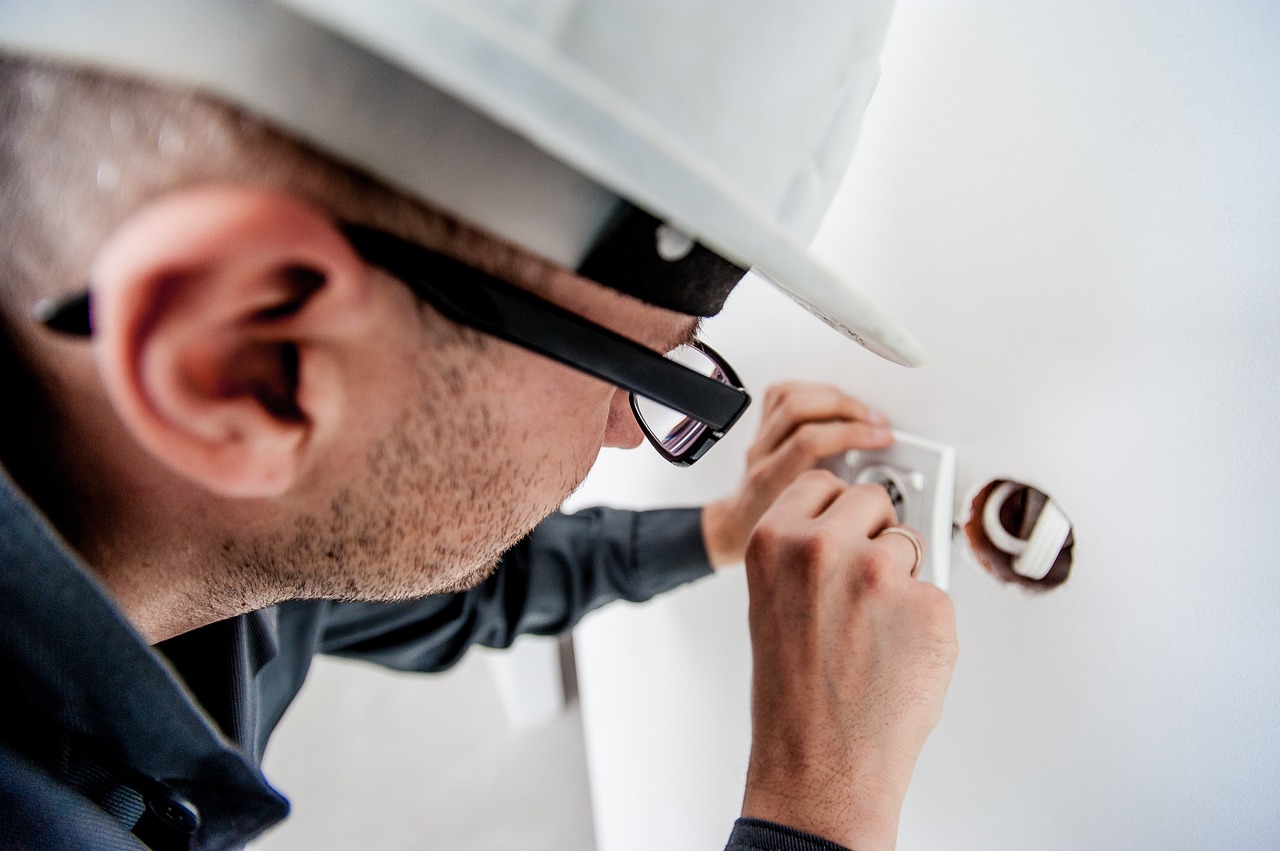Last Updated on: 17th July 2024, 05:41 am
Are you tired of dealing with a washing machine that won’t behave? From grinding noises to drainage issues, various common washing machine problems can disrupt your laundry routine. Learning the basics of washing machine repair and troubleshooting can save both time and money.
For many problems, you don’t need to be a professional mechanic to fix your machine. Some solutions, such as dealing with a machine that won’t turn on, can be surprisingly straightforward. Before tackling more complex repairs, it’s wise to begin with basic troubleshooting steps to identify the issue.
Blockages are another frequent issue. Items like coins, keys, or even a loose sock can get stuck and cause problems. To address this, disconnect the machine and inspect the pump filter and drain hose. Regular maintenance and a few simple checks can keep your washing machine running smoothly and your clothes clean.
Understanding Washing Machine Fundamentals
Understanding how a washing machine operates helps in diagnosing and fixing problems. It involves familiarising oneself with the machine’s components, recognising common issues, and ensuring safety during repairs.
Components and Their Functions
A washing machine is made up of several key parts. The drum holds the clothes and rotates during the wash cycle. The drive belt connects the motor to the drum. The pump moves water in and out of the drum through the drain hose. The filter captures debris to prevent clogs. The lid switch ensures the machine operates when the lid is closed. The control panel allows users to select settings and provides feedback through error codes.
Common Problems and Symptoms
Common washing machine problems include leaking water, failure to spin, and drainage issues. Leaks can result from a damaged door seal, faulty hoses, or an overloaded drum. When a washing machine won’t spin, it could be due to a loose drive belt, a malfunctioning lid switch, or an unbalanced load. Drainage issues often stem from a clogged filter or defective pump. Understanding these symptoms helps in pinpointing the exact problem.
Safety Precautions and Preparation
Before attempting any repair, safety is paramount. Always unplug the washing machine to avoid electrical shock. Ensure the water supply is turned off to prevent leaks during maintenance. Wear gloves to protect your hands from sharp edges and cleaning agents. If lifting or moving the machine is necessary, use proper lifting techniques to avoid injury. Having the correct model number handy ensures the right parts are sourced. If unsure or uncomfortable with repairs, calling a technician is advisable.
Remember to check the machine’s balance, avoid overloading, and use the right amount of softener to keep your machine running smoothly and efficiently.
Step-by-Step Repair Guide
This guide provides clear steps for diagnosing, repairing, and maintaining your washing machine to ensure it works efficiently and extends its lifespan.
Diagnosing the Issue
First, check if the washing machine is plugged in and receiving power. Ensure the socket is functional by testing it with another device. If the washing machine won’t turn on, an issue with the control board or a fuse could be the problem.
Listen for unusual noises during the spin cycle, which can indicate a worn drive belt or motor. Look for any error codes displayed on the control panel; these codes help identify specific problems, such as filling and draining issues.
Inspect the drain pump and filter for clogs if the machine doesn’t drain properly. Use a coat hanger or a similar tool to remove any blockages.
Repairing or Replacing Parts
If the washing machine has a draining problem, examine the hose connecting the tub to the pump. Remove and clean it to clear any blockages. Replace the hose if it’s damaged.
For problems with the spin cycle, check the drive belt for wear and tear.






